A traditional country estate that straddles the River Stour
Baythorne Park Estate sits on the Essex-Suffolk border.
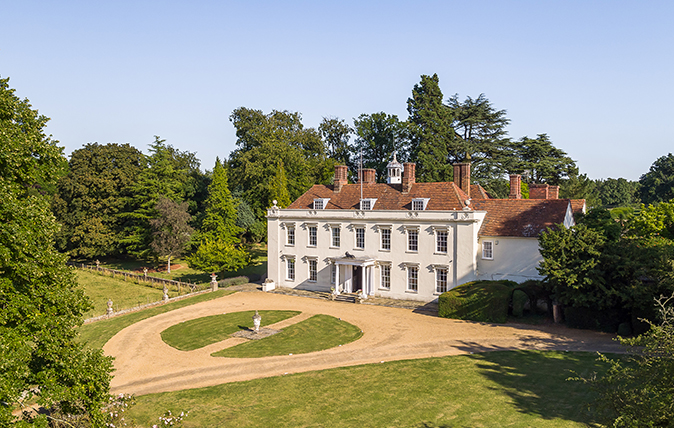

Strutt & Parker’s farms and estates supremo, Mark McAndrew, is full of the joys of spring as he oversees the launch, in today’s Country Life, of the late Julian Watson’s peerless Baythorne Park estate, which sits either side of the River Stour at Baythorne End, on the Essex-Suffolk border.
Not only is the prestigious 676-acre holding—for sale through Strutt & Parker (020–7629 7282) for the first time in 65 years at a guide price of £11 million—one of the best residential and sporting estates to come to the market this year, it’s also one of few historic country estates to be offered for sale in East Anglia since the start of the downturn in 2008.

Its focal point is Grade II-listed Baythorne Park, which, according to White’s Directory of Essex (1848), ‘has extensive grounds and stands on a bold acclivity above the river Stour… The present house was built in 1668 by George Pyke, whose father purchased the estate in 1640, and whose descendant, of the same name, took down the gate and court walls in 1801, and new-fronted, sashed and greatly improved the house’.
The estate remained in the family for more than 200 years, before being bought in the late 1800s by another local landowner, King Viall. In the 1930s, it was the home of Maj Bertrand and Mrs Rambaut, who was lady of the manor of Baythorne End. Baythorne Park was purchased by the late Mr Watson in 1952, when he moved from his own family estate in south Hertfordshire; he was to live there until his death in May last year.

Described by those who knew him as ‘a sporting gentleman of the old school’, Watson immediately set about improving the estate, renovating the mansion and modernising the farm and its buildings. This part of Essex is famous for its trees and Watson’s Arcadia includes the wonderful tree-lined avenue that leads up to the house, with other woodland scattered around the estate—a landscape perfectly designed for Baythorne Park’s long-established shoot.
Immediately surrounding the mansion is the estate’s 48 acres of parkland, which boasts some magnificent specimen trees. Otherwise, most of its 60-odd acres of woodland comprises broadleaf and conifer trees, with some cricket-bat-willow plantations tucked away on the eastern edge. The remaining acreage includes 433 acres of easily worked arable land, 111 acres of grazing and eight acres of river and lakes.
The house built by George Pyke around its 17th-century heavy-timber frame was altered in the early 1800s with the addition of a two-storey service wing on the south-west corner. Little altered during Watson’s lifetime, the agents tactfully suggest that ‘although the mansion is ready for occupation, it would benefit from some sympathetic modernisation’. Its 8,075sq ft of accommodation includes three main reception rooms, a study, a kitchen, a breakfast room, domestic offices, a master suite, seven bedrooms and three bathrooms.
Sign up for the Country Life Newsletter
Exquisite houses, the beauty of Nature, and how to get the most from your life, straight to your inbox.

The gardens surrounding the house include areas of lawn with some fine specimen trees and a secret wooded area that hides the tennis court. Behind the mansion, a sheltered area conceals the swimming pool and pool house. To the side of the mansion is Stable Court, a three-bedroom house converted from the original stables in 1969. Other residential buildings include a farmhouse and five estate cottages.
-
 The loos of Buckingham Palace: Country Life Quiz of the Day, April 23, 2025
The loos of Buckingham Palace: Country Life Quiz of the Day, April 23, 2025Wednesday's Quiz of the Day looks at St George, royal toilets and German alcohol laws.
By Toby Keel Published
-
 Moore Design
Moore DesignMoore Design is a boutique interior design practice with clients around the UK and overseas.
By Country Life Published
-
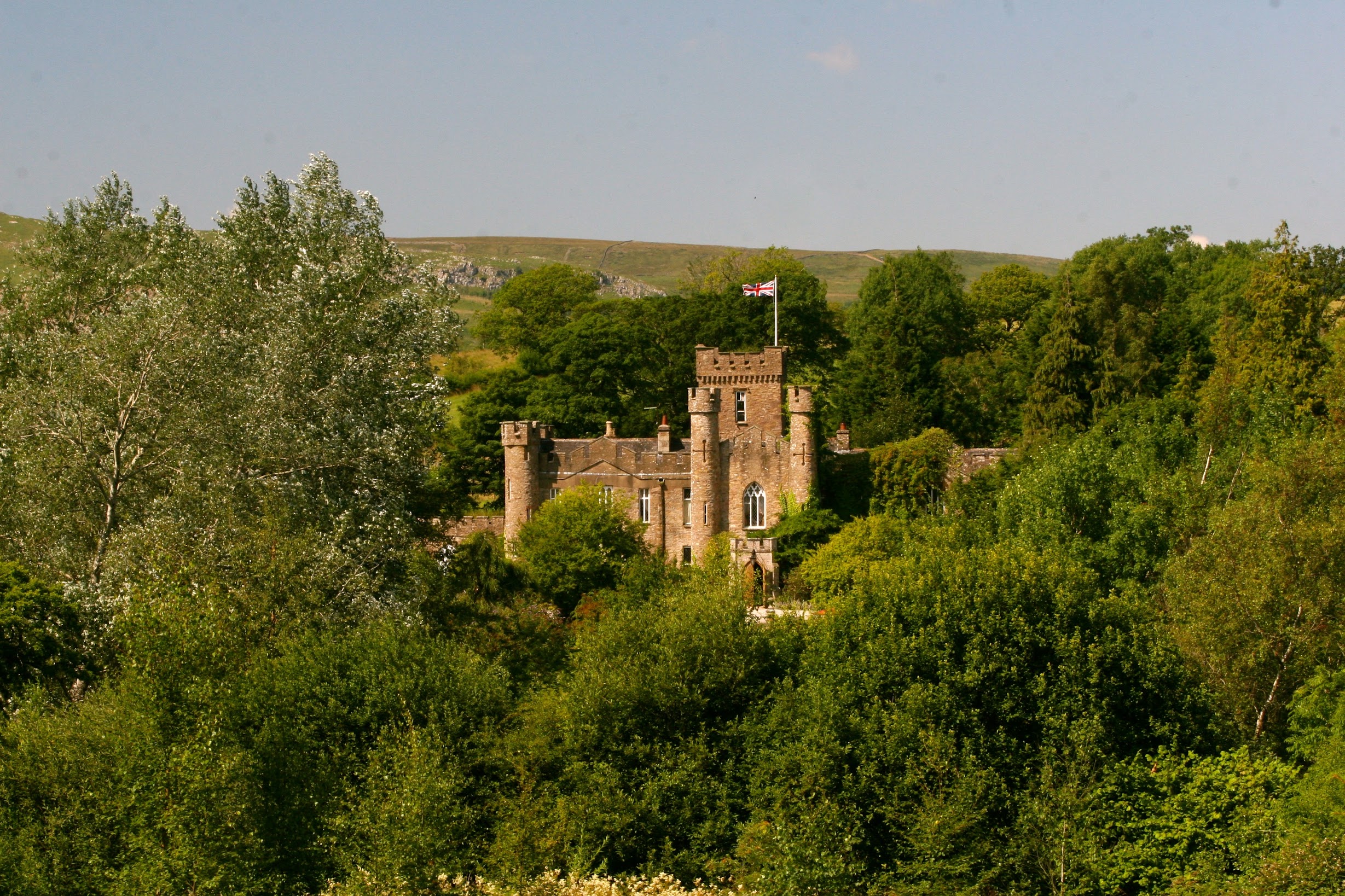 A fairytale castle peeking above the treetops of Cumbria is for sale at just £2 million
A fairytale castle peeking above the treetops of Cumbria is for sale at just £2 millionAugill Castle has a wonderful backstory and a lifestyle business attached. .Annunciata Elwes tells more.
By Annunciata Elwes Published
-
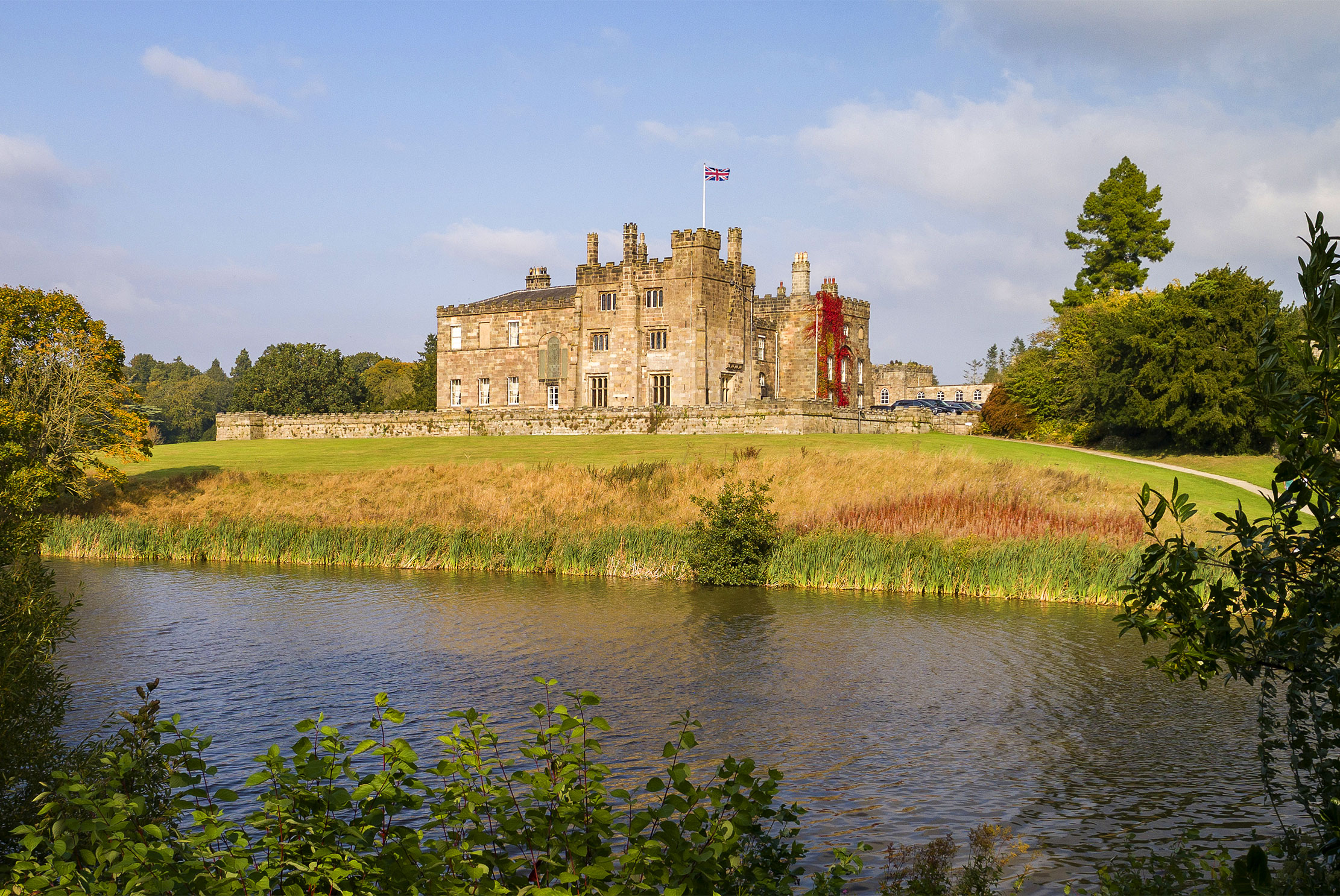 A £21 million castle that's come up for sale for the first time in 700 years
A £21 million castle that's come up for sale for the first time in 700 yearsRipley Castle in North Yorkshire has been the family home of the Ingilbys since the early 1300s. It's steeped in history, has a list of famous visitors over the centuries that include James I and Oliver Cromwell, and is now on the open market. Annabel Dixon takes a look.
By Annabel Dixon Published
-
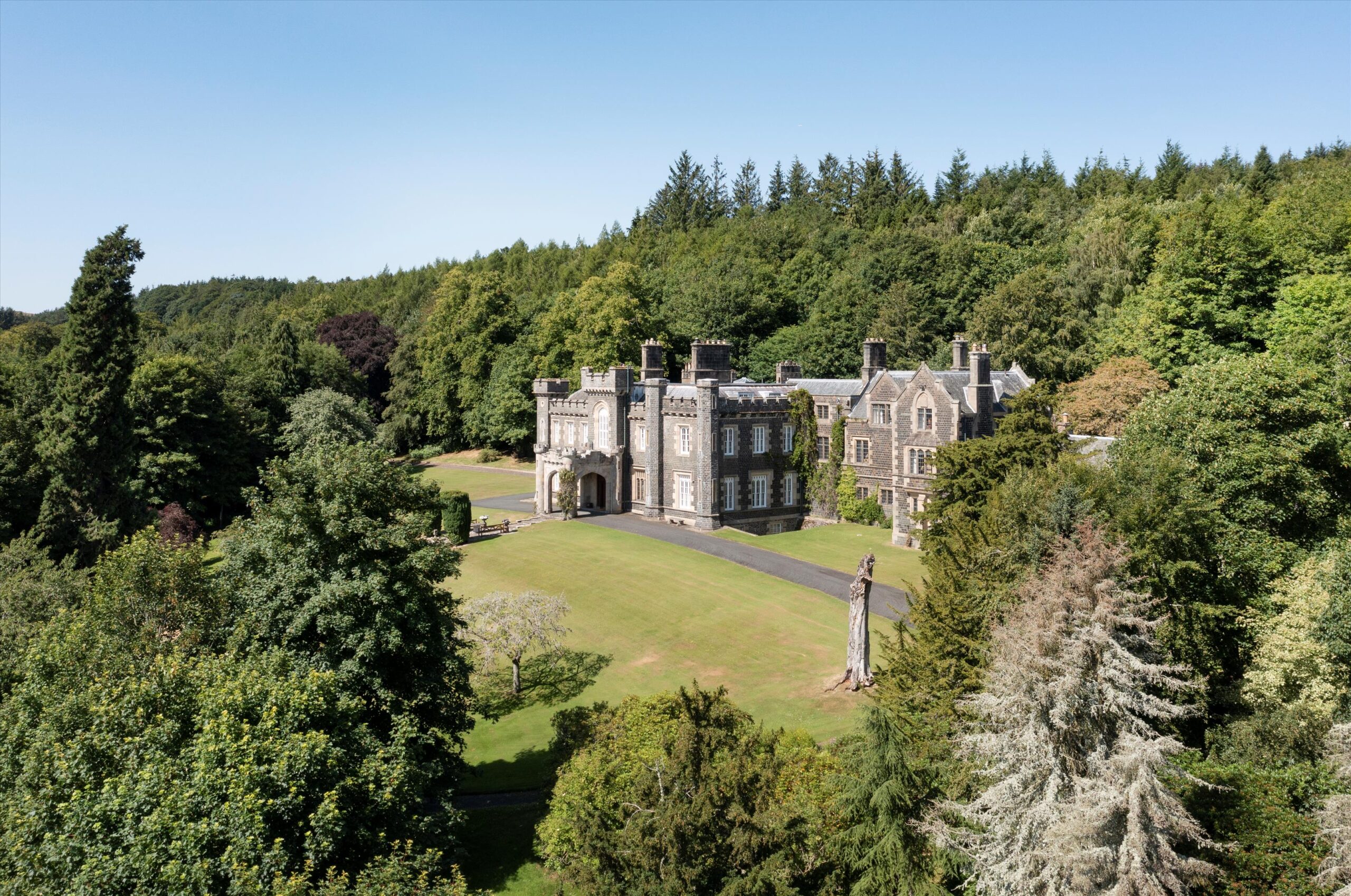 Spectacular Scottish castles and estates for sale, starting from under £700k
Spectacular Scottish castles and estates for sale, starting from under £700kA look at the finest castles, country houses and estates for sale in Scotland today.
By Country Life Published
-
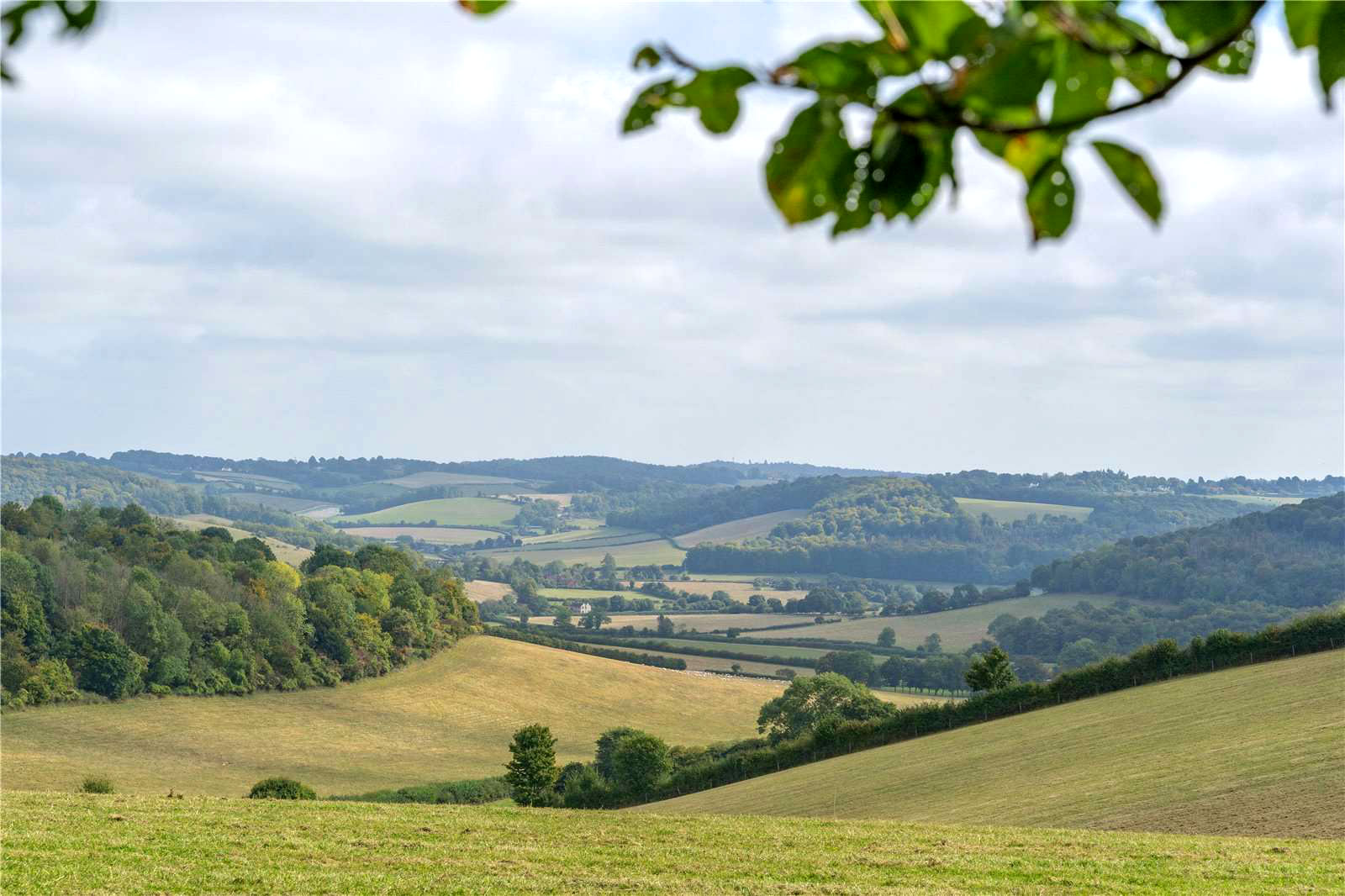 A true once-in-a-lifetime chance as 554 acres of blissful English countryside come up for sale in a location just 45 miles from central London
A true once-in-a-lifetime chance as 554 acres of blissful English countryside come up for sale in a location just 45 miles from central LondonPenny Churchill looks at the Southend Estate, where hundreds of acres of space are on the market just a stone's throw from the capital.
By Penny Churchill Published
-
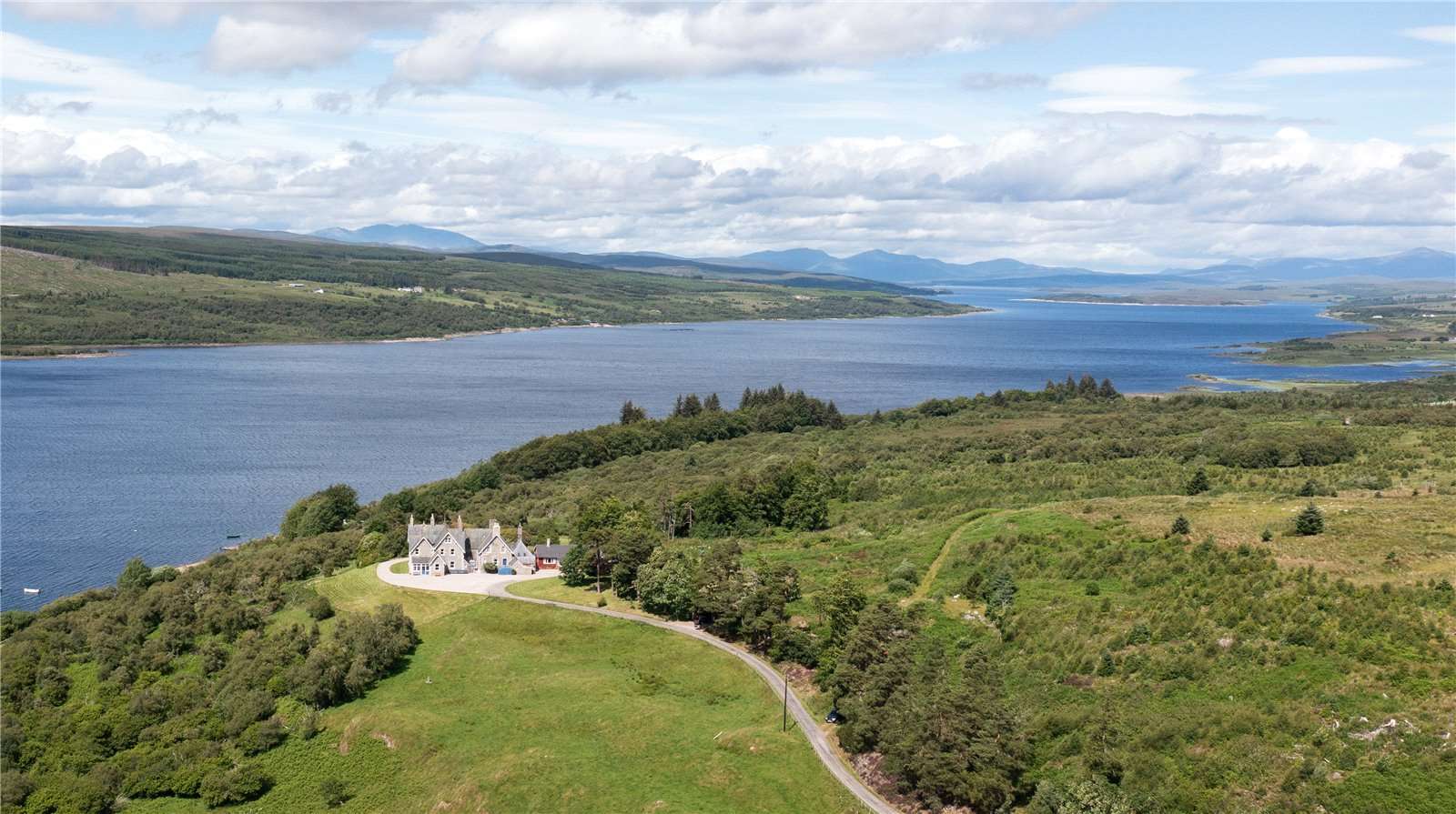 The Scottish house of your dreams has come up for sale beside a loch in the heart of the Highlands
The Scottish house of your dreams has come up for sale beside a loch in the heart of the HighlandsLairg Lodge is a glorious Highland retreat in a spectacular location. Penny Churchill takes a look.
By Penny Churchill Published
-
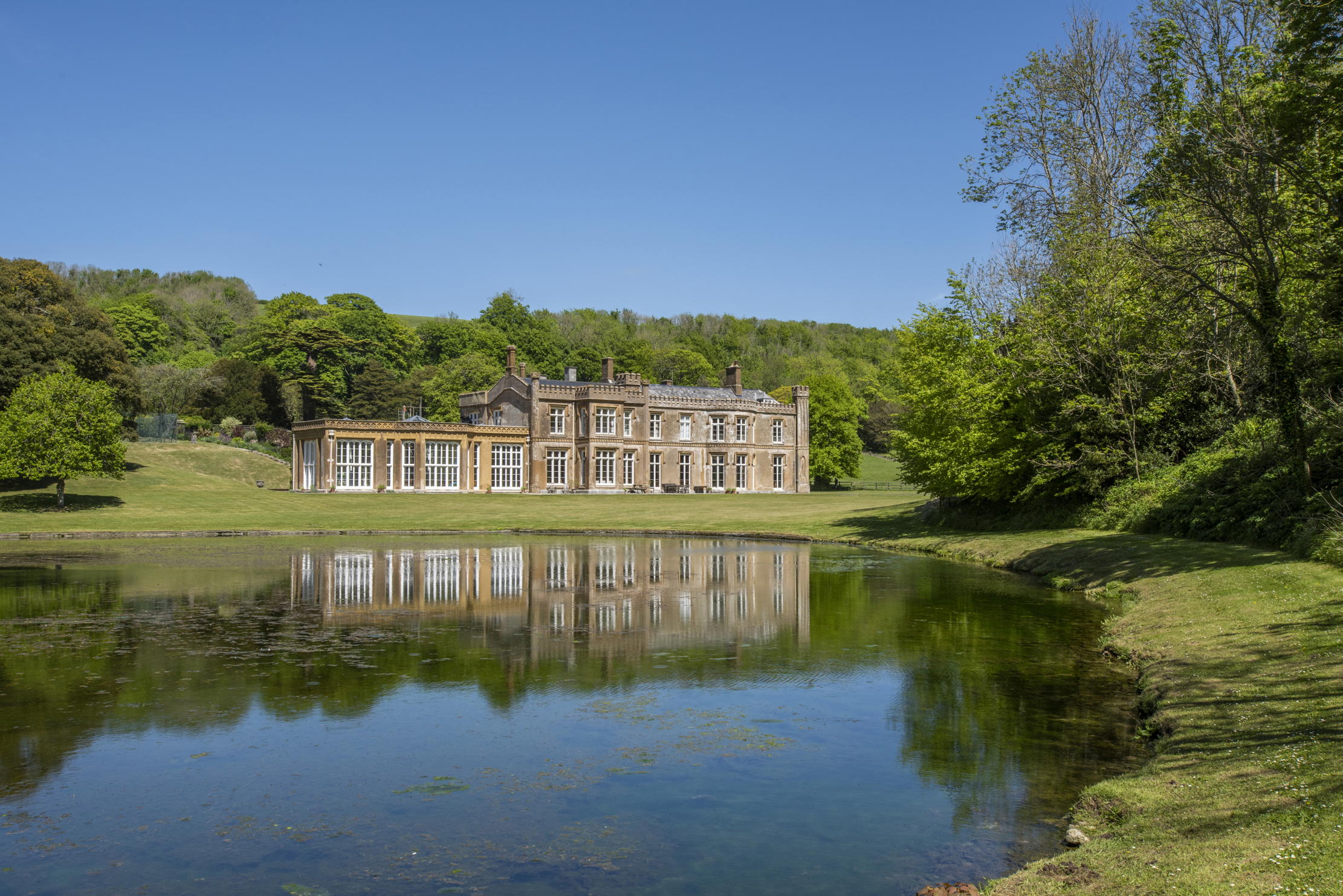 The £30 million Dorset estate that comes with a 200-year-old mansion, a cricket ground, a nature reserve and an entire village
The £30 million Dorset estate that comes with a 200-year-old mansion, a cricket ground, a nature reserve and an entire villageThe Bridehead Estate in Dorset has come up for sale — and it's quite an astonishing opportunity. Penny Churchill takes a look.
By Penny Churchill Published
-
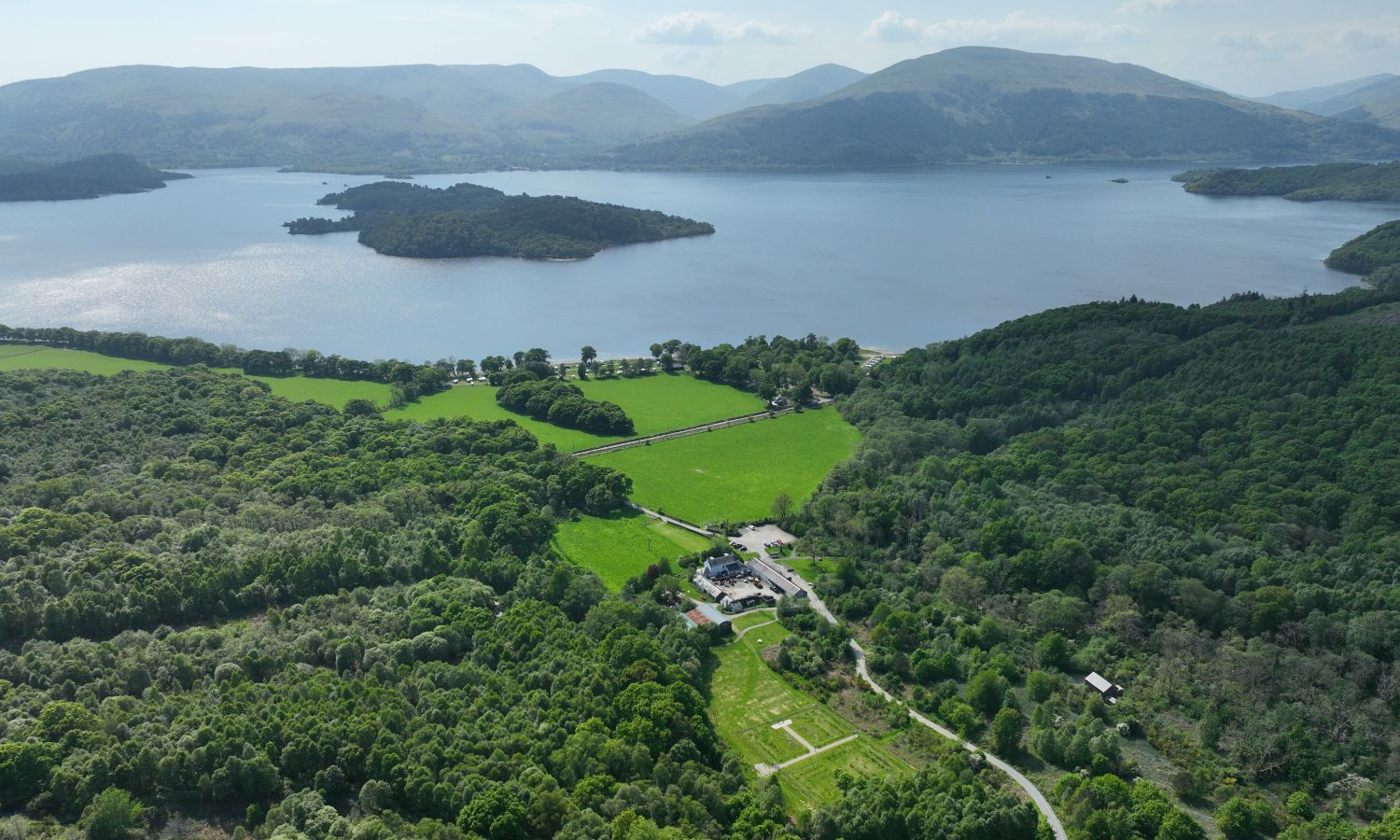 3,000 pristine acres of Loch Lomond National Park, where red squirrels roam spectacular woodland, have come up for sale
3,000 pristine acres of Loch Lomond National Park, where red squirrels roam spectacular woodland, have come up for saleThe magnificent Cashel Estate has come to the market, a true Scottish paradise.
By Toby Keel Published
-
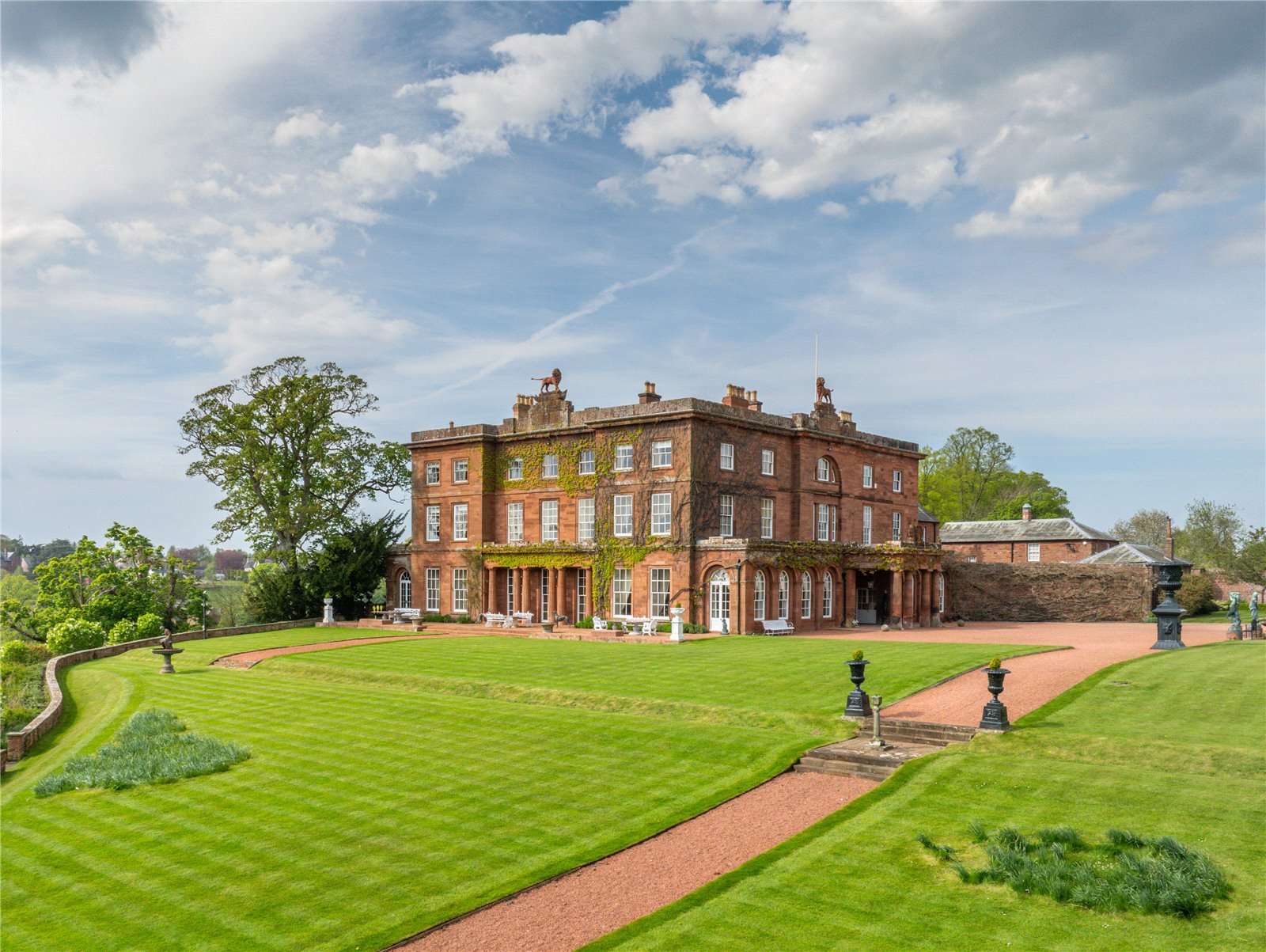 'One of Britain's greatest estates', complete with castle, river and 711 acres, is up for sale for the first time in a generation
'One of Britain's greatest estates', complete with castle, river and 711 acres, is up for sale for the first time in a generationCorby Castle in Cumbria is a true rarity: a Grade I-listed masterpiece that is on the market for the first time in a generation. Penny Churchill takes a look.
By Penny Churchill Published
